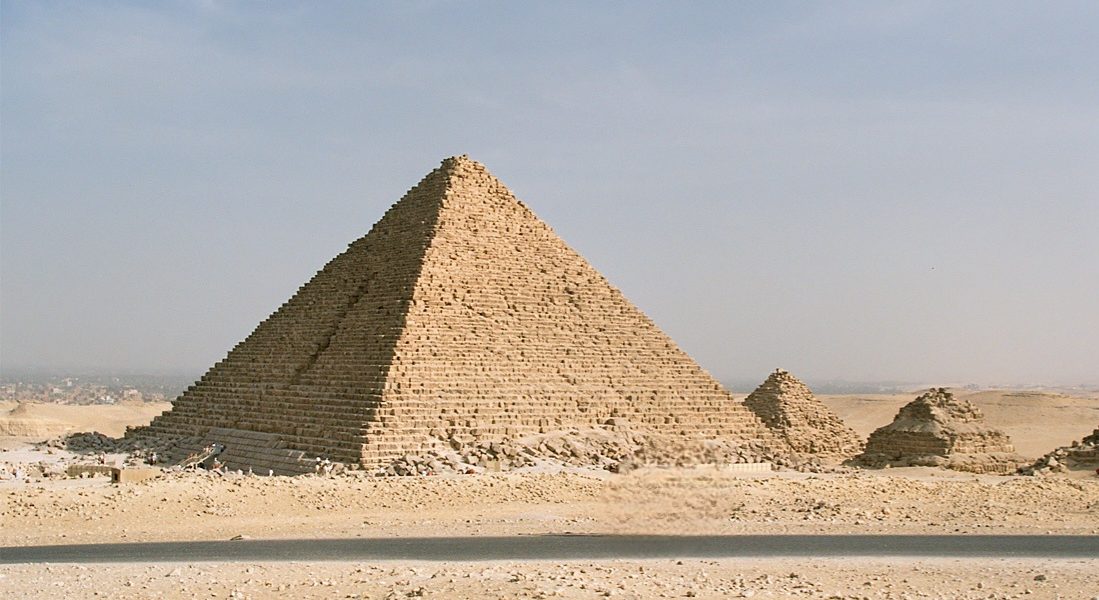Pyramid of Menkaure
The Enigmatic Pyramid of Menkaure: Giza’s Smallest Wonder
Introduction: Nestled on the Giza Plateau, amidst the desert sands of Egypt, stands a marvel of ancient engineering and architectural prowess—the Pyramid of Menkaure. Amidst the grandeur of its larger neighbors, this pyramid may seem modest in size, but it holds within its ancient walls a wealth of history, symbolism, and intrigue. Join me on a journey as we unravel the mysteries and explore the timeless allure of the Pyramid of Menkaure.
A Glimpse into History
Built during the Fourth Dynasty of the Old Kingdom, around 2510 BC, the Pyramid of Menkaure is the final resting place of Pharaoh Menkaure, also known as Mykerinos. While not as colossal as the nearby pyramids of Khufu and Khafre, its significance in Egyptian history is no less profound. It stands as a testament to the unwavering dedication and ingenuity of the ancient Egyptians, who devoted immense resources and labor to construct these monumental structures.
Architectural Marvels
Rising to a height of approximately 65 meters (213 feet), the Pyramid of Menkaure is constructed primarily from massive limestone blocks, each meticulously quarried, transported, and placed with astonishing precision. Unlike its smoother counterparts, the pyramid retains some of its original outer casing, offering a glimpse into the ancient craftsmanship that adorned its facade.
At the pyramid’s base lies the Valley Temple, a structure crafted from colossal blocks of granite and limestone, serving as the gateway to the pyramid complex. Connected to the Valley Temple by a causeway is the Mortuary Temple, where elaborate rituals and ceremonies were conducted to honor the deceased pharaoh.
Artistic Splendors
Within the pyramid’s inner chambers lie treasures that speak to the artistry and reverence of ancient Egyptian civilization. Although looted over the millennia, remnants of intricate passageways, chambers, and burial artifacts offer tantalizing glimpses into the rituals and beliefs surrounding death and the afterlife.
One of the most notable discoveries associated with the Pyramid of Menkaure is the statue of Menkaure and his queen, a masterpiece of ancient Egyptian sculpture. Carved from graywacke, the statue portrays the pharaoh and his consort with remarkable lifelikeness and intimacy, a testament to the skill and artistry of the craftsmen of antiquity.
Legacy and Wonder
As we stand in awe before the Pyramid of Menkaure, we are reminded of the enduring legacy of ancient Egypt—a civilization whose achievements continue to inspire wonder and fascination millennia after their creation. Though time may have weathered its stones and history may have obscured some of its secrets, the pyramid remains a beacon of human ambition and creativity.
Read More




